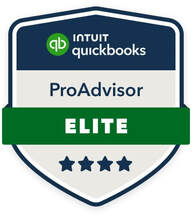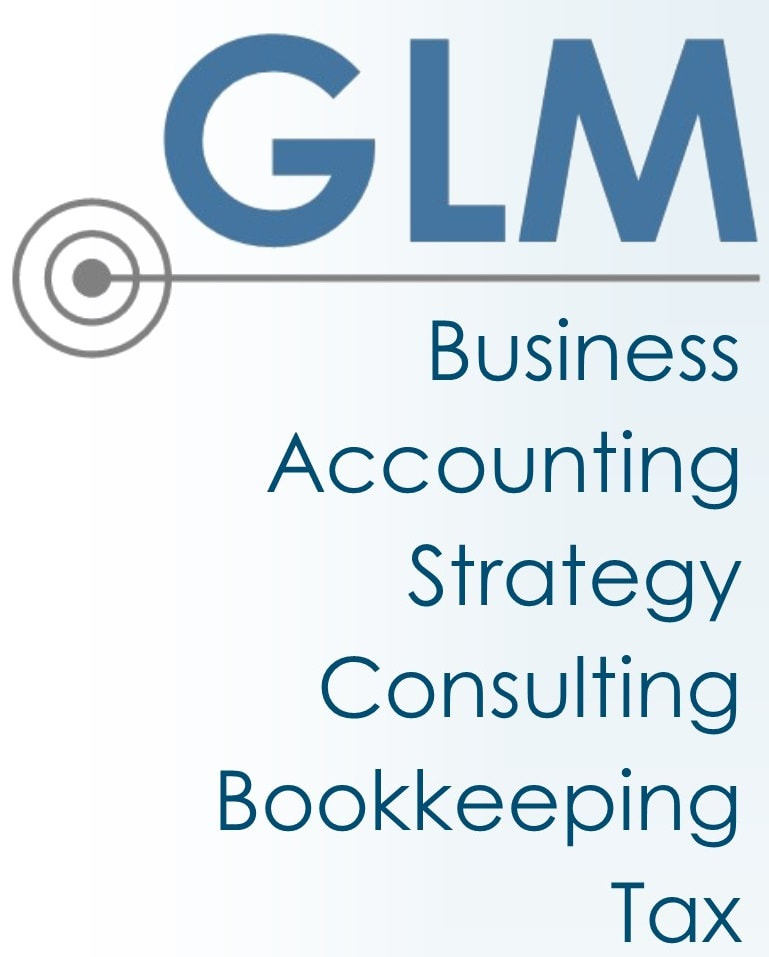- Create a Budget: Start by establishing a comprehensive budget that outlines your anticipated expenses and revenue streams. Consider both short-term and long-term financial goals, and allocate funds accordingly. Factor in regular operational costs as well as potential large expenditures that may arise.
- Forecast Cash Flow: Analyze your cash flow projections to anticipate peaks and valleys in your finances. By forecasting your cash flow, you can identify periods of surplus and plan to allocate excess funds towards big expenses when necessary. This proactive approach helps prevent cash crunches and ensures you have the resources available when needed.
- Prioritize Expenses: Not all expenses are created equal. Prioritize big expenses based on their potential impact on your business objectives. Consider factors such as return on investment, necessity, and alignment with your long-term strategy. Allocate resources to investments that will drive growth and improve profitability.
- Explore Financing Options: When faced with significant expenses beyond your current cash reserves, explore various financing options. These may include small business loans, lines of credit, equipment financing, or seeking investment from external sources. Evaluate the terms and interest rates carefully to choose the most suitable option for your business.
- Build an Emergency Fund: Set aside a portion of your revenue into an emergency fund to cushion against unexpected expenses or economic downturns. Aim to build a reserve that can cover several months of operating expenses to provide a safety net during challenging times. This financial buffer can offer peace of mind and help your business weather uncertainties.
- Negotiate and Shop Around: When making large purchases or entering into contracts, don't hesitate to negotiate terms with vendors or suppliers. Seek competitive bids and compare pricing to ensure you're getting the best value for your money. Explore discounts, bulk purchasing options, or extended payment terms to optimize your cash flow.
- Monitor and Adjust: Regularly monitor your financial performance and adjust your plans as needed. Track key metrics such as revenue, expenses, and profitability to identify trends and make informed decisions. Stay agile and be prepared to adapt your strategy in response to changes in the market or business environment.
- Invest in Efficiency: Look for opportunities to improve operational efficiency and reduce costs. Investing in technology, automation, or process improvements can streamline your business operations and free up resources for other expenses. Evaluate areas where you can achieve cost savings without sacrificing quality or customer satisfaction.
|
As a small business owner, navigating big expenses can be daunting. Whether it's investing in new equipment, expanding your operations, or tackling unexpected costs, strategic planning is essential to ensure financial stability and growth. In this blog, we'll explore some smart strategies to help you effectively plan for big expenses and safeguard the financial health of your small business.
0 Comments
Your comment will be posted after it is approved.
Leave a Reply. |
GLM's BlogIn true blog fashion, the last parts are at the top of the page. Scroll all the way down and work your way back up to read them in order.
Tom GoscheTom is the Business Development Manager for GLM. If you are interested in learning more about GLM's services, contact him: 630-675-8971
[email protected] Archives
July 2024
Categories
All
|


 RSS Feed
RSS Feed


